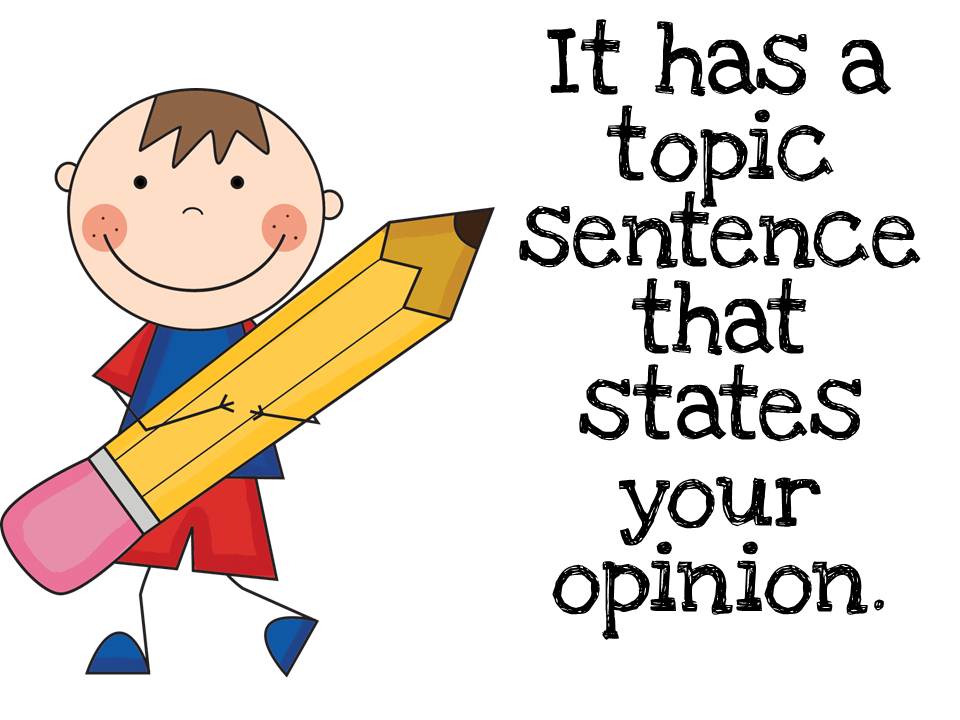Writing Clipart
The Evolution of Writing Systems
Writing began as basic pictures carved into stone evolving into diverse alphabets and scripts to convey any idea imaginable across time and distance. The history of writing captures the story of human civilization itself through the records, ideas, and creative works writing facilitates.
Early Complex Picture Writing
The first writing emerged independently among early civilizations as pictograms etched into clay, stone, pottery, and cave walls. Pictures represented concepts like sun, moon, animals, crops allowing record-keeping first in trades and taxes. More intricate cuneiform wedged into clay compiled vast knowledge like mathematics, astronomy, literature as writing expanded beyond basic accounting.
Ideographic & Logographic Scripts
In Chinese script, intricate logographic characters signify words or concepts rather than phonetic sounds. Logographies require memorizing thousands of characters instead of a simple alphabet. Egyptian hieroglyphs blend logographic and phonetic principles. Mayan glyphs logographically wrote a rich oral tradition on stone works and books made of bark paper and deer skin.
Phonetic Alphabets
The first pure phonetic script emerged around 2000 BCE in Ancient Egypt conveyed by just 24 hieratic symbols. This early consonant focused alphabet omitted vowels altogether. Ancient Phoenician merchants spread an improved abjad with 22 consonants corresponding to distinctive sounds. As one of history’s greatest inventions, the alphabet made writing vastly learnable and expressive.
Modern Alphabets – Widespread Communication
Adding a few more letters to represent vowel sounds completed the alphabet allowing endless expressions through varied combinations of less than 30 letters. Through trade and conquest, successive empires spread the Latin script we recognize today as the world’s primary alphabet along with related Cyrillic and Arabic scripts.
Diversity in Script and Typeface
Beyond major alphabets, vibrant derivative scripts continue like Chinese calligraphy, Korean Hangul, or Hindi Devanagari for sacred Sanskrit Vedas and epic Indian literature. Creating distinct computer fonts facilitates endless styles and scripts for global digital communication, design, and publishing.
The Pen and Paper – Hallmarks of Writing
Papyrus, parchment, and eventually mass produced paper provided portable surfaces for handwriting wielding implements from quills to dip pens to fountain pens to ballpoints. Pen on paper capture thoughts quickly or communicate across distances folded into letters or documents. The tactile pen on paper supplies artistic outlet unavailable on keyboards.
Typewriters to Word Processors
The late 19th century shift from handwriting brought typewriters rapidly tapping impressions onto paper. Analog gave way to streamlined digital tools from basic word processors progressing to sophisticated publishing software suites integrating editing, layout, graphics, and typography tools executable with a single click.
Decorative Writing Clipart
Calligraphy, elaborate monograms, custom commercial fonts, graffiti street typography, and other stylized lettering constitute a boundless resource for enhancing personal expression. Whimsy writing clipart ads personality through journals, cards, artwork, banners, stickers, wall décor, clothing, etc. Whether an alphabet, glyph, ideograph, or icon, the written word creatively formatted remains a profound channel for conveying thought and imagination.
In this page clipartix present 64 writing clipart images free for designing activities. Lets download Writing Clipart that you want to use for works or personal uses.




































































